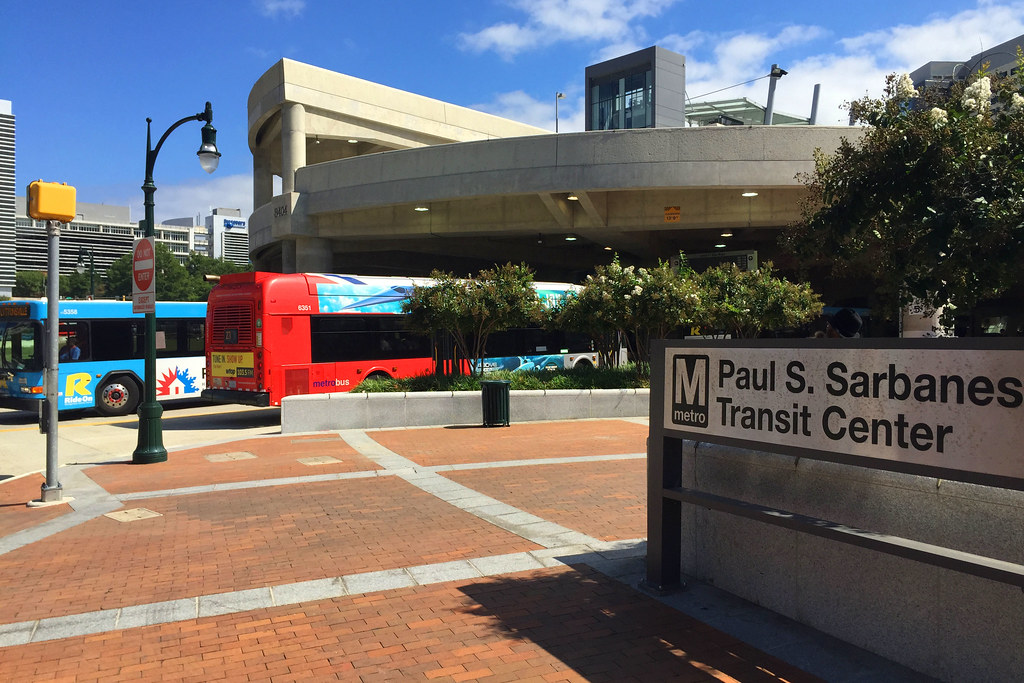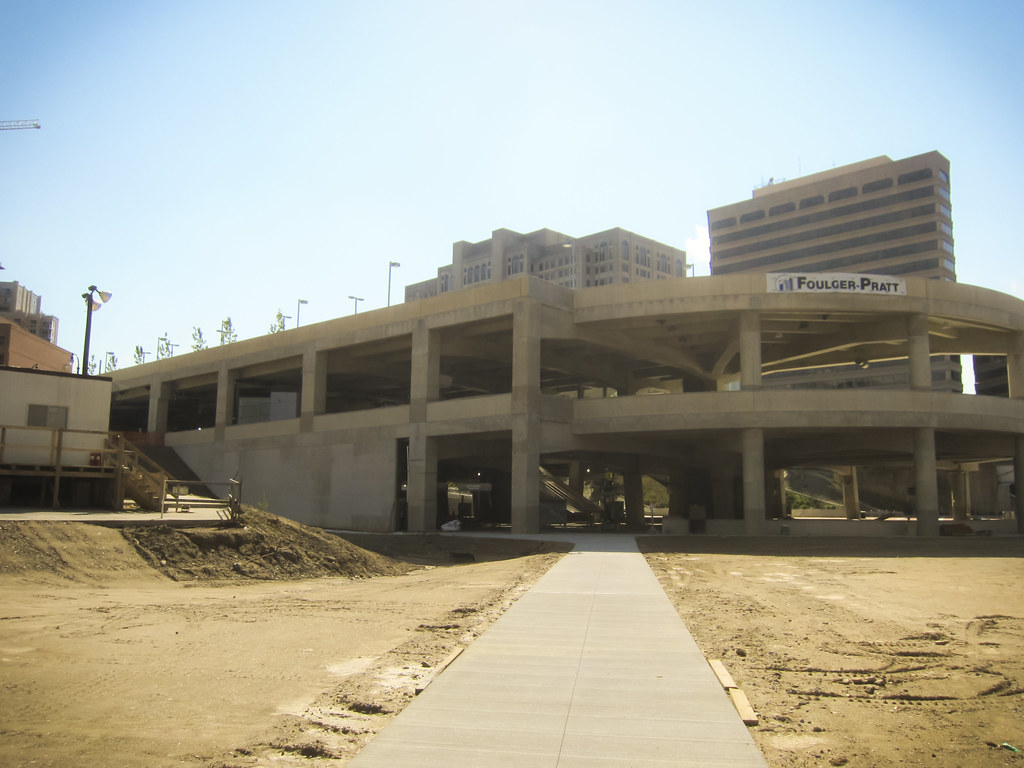"But nearly a decade in, as Leggett (D) nears the end of his 12-year tenure, this signature project has not gone forward as expected. Only a fraction of the money anticipated from land sales to private developers has been paid so far. And the county’s difficulty in finding a new site for a school system bus depot has slowed progress on a major portion of the planned Shady Grove community, including a new park and elementary school.
Critics on the County Council say Leggett overpromised and underdelivered, adding to the county’s $3.2 billion debt by borrowing against land sales proceeds that have yet to materialize.
“This is just not a good news story,” said Council President Roger Berliner (D-Potomac-Bethesda), one of three council incumbents running for county executive in the 2018 Democratic primary.
But Leggett says he devised a creative way to replace outdated buildings and pursue transit-oriented development policies far more quickly, and effectively, than had been done in the past. Even his own staff was skeptical, he recalled in an interview.
“I was the sole person who believed we could move all these pieces,” he said. “You can argue that a few dollars didn’t come in at the precise time. . . . The county comes out far ahead in the long-term.”
...
Council member George Leventhal (D-At Large) said it was “not good planning” to jump into the development venture without knowing where the depot would be moved.
“I don’t think it’s something we can foist on a community just to transform a Metro station,” said Leventhal, also a candidate to succeed Leggett as county executive.
The Shady Grove initiative has generated an unexpected level of debt. Most big capital improvements, like roads and schools, are financed through the sale of general obligation bonds, where principal and interest are usually paid off over 20 years. But the Leggett administration, interested in moving quickly and anticipating that land-sales proceeds would soon be in hand, kept the smart growth projects out of the capital budget, opting instead to use $200 million in short-term loans on which it only paid interest. Such interim financing is meant to be retired quickly, to avoid added expense for taxpayers. But the county is still carrying a balance of about $160 million.
...
Looking for funds to pay off some of the debt, Montgomery officials announced last month that they may use the $22 million netted from settlement of the county’s lawsuit against the designer and builders of the Silver Spring Transit Center.
The county could also sell more bonds to convert the debt from short-term to long-term. But that would crowd out other construction projects in the capital budget, which caps new bond debt at $340 million annually.”
Isiah Leggett’s signature plan for Shady Grove is less lucrative than promised - The Washington Post
it didn't work out for the "monumental debacle" public-private partnership paul s sarbanes silver spring transit center.
it didn't work out for the silver spring arena (Proposed Silver Spring Arena Fails To Generate Developer Interest - Bethesda Beat - Bethesda, MD ).
and, it hasn't worked out for Isiah Leggett’s signature plan for Shady Grove.
image by EnLorax G. Edward Johnson














